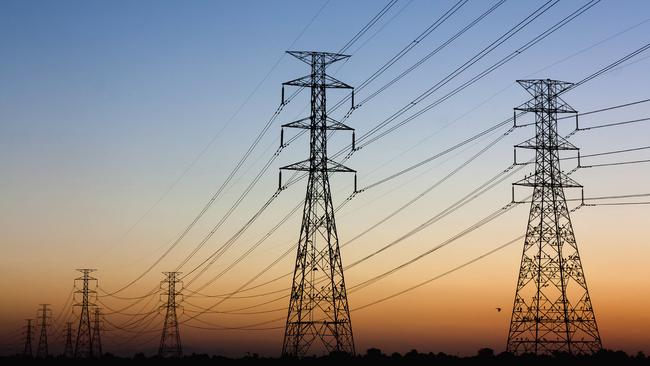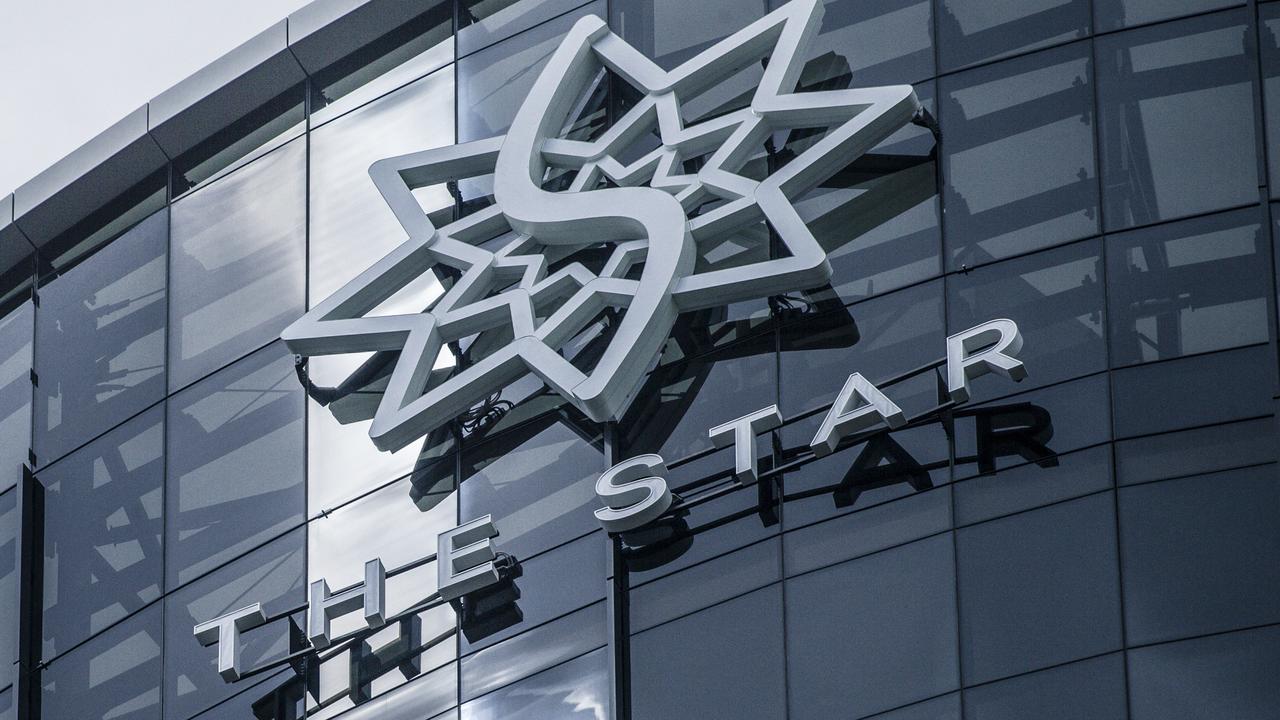
Singapore’s Government Investment Corporation has emerged as a potential bidder for a share of the $10bn-plus Transgrid, sources say.
There’s talk that Canadian pension fund CDPQ is looking to divest a stake in Transgrid, which owns the NSW electricity transmission network, as other shareholders assess their options.
GIC, with $US769bn of assets under management at the end of last year, is one of three investment entities in Singapore that manage the country’s reserves and most of the government’s financial assets.
Transgrid requires a capital injection to meet the extra costs from the transition to clean energy.
There have been questions as to whether Transgrid’s owners have the funding firepower to meet the future capital needs, with the Abu Dhabi Investment Authority being the exception.
It is also funding costly interconnectors in the South Australian market.
DataRoom understands interested parties have been given access to commercial information about the business, with the possibility of a partial selldown if it’s agreed to by the owners.
Barrenjoey has been Transgrid’s strategic adviser, while Macquarie Capital has advised on the debt.
Transgrid was sold by the NSW government in 2015 for $10.3bn.
The buyer was a consortium of Spark Infrastructure, Utilities Trust of Australia, Canadian pension fund CDPQ, Wren House and the Abu Dhabi Investment Authority’s Tawreed Investments.
In 2020, Canadian pension fund OMERS purchased a 19.99 per cent stake from the Kuwait Investment Authority’s Wren House Infrastructure Management for a price thought to be around $2bn.
It is also understood that owners might try to secure more debt funding.
OMERS is likely to be a seller of some of its stake, say sources, along with UTA, while the Kohlberg Kravis Roberts-backed Spark and PSP may fund the capital requirements with debt.
Transgrid is a regulated business, with about 90 per cent of its assets leased from the NSW government over the long term.
The remainder includes contestable assets such as its connection assets, which provide growth opportunities for investors as demand from new renewable generation increases over the next decade.
When the asset was privatised, the then listed Spark committed to owning 15 per cent, the Morrison & Co-advised UTA 20 per cent, CDPQ 25 per cent and Tawreed Investments and Wren House each 20 per cent.
The consortium paid 1.6 times the asset’s regulated asset base at the time, which was considered a large amount. In 2020, onerous regulations meant the asset had a return on equity of about 5 per cent, which was considered low.




To join the conversation, please log in. Don't have an account? Register
Join the conversation, you are commenting as Logout